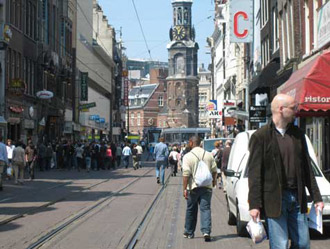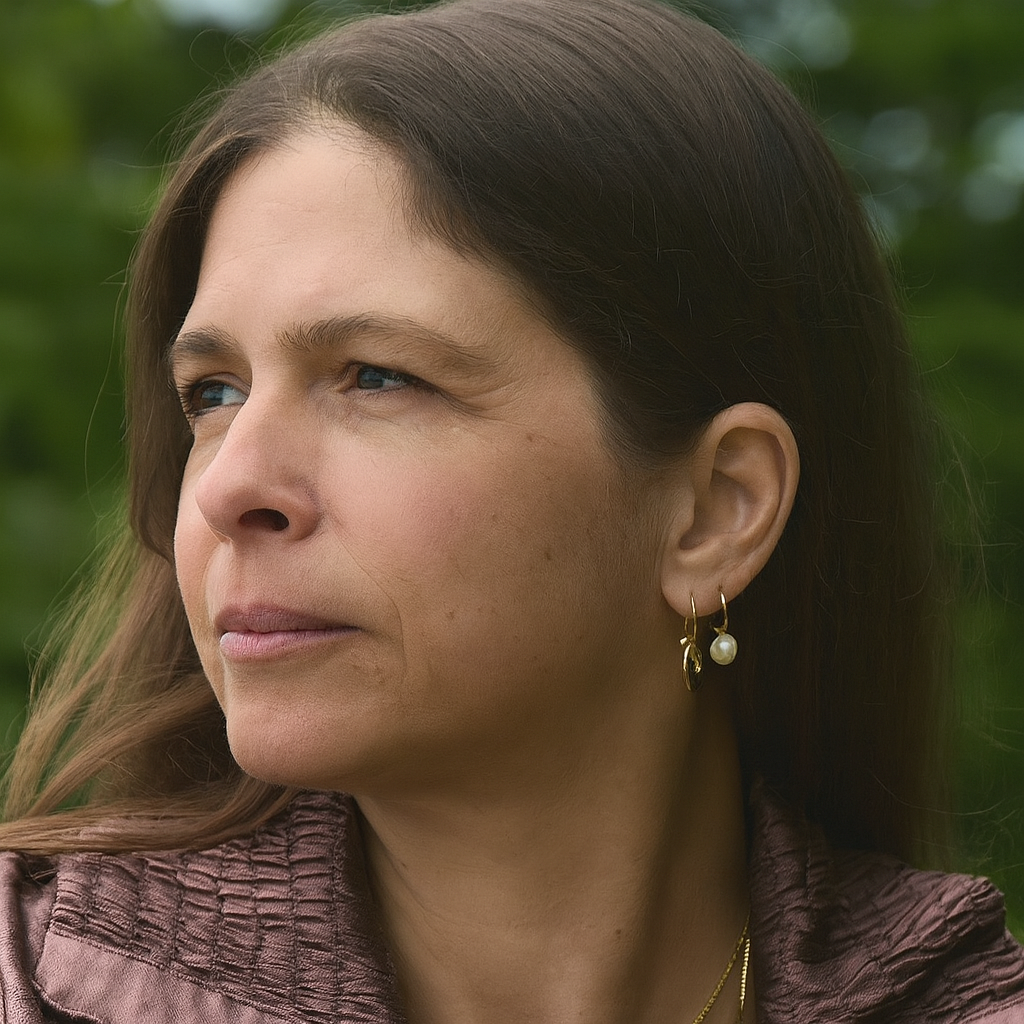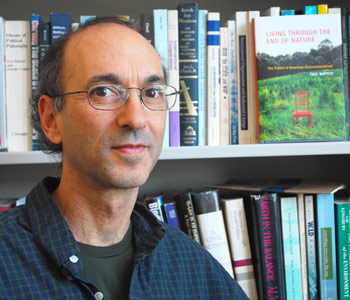Susan Fainstein
The Just City
Cornell University Press
232 pages, 9 1/4 x 6 inches
ISBN 978 0801446559
For more than 30 years, cities in America and Europe have moved toward greater inequality—in line with the ideology of neo-liberalism, which urges privatization, limits on social welfare, and low taxation.
Competition for resources—space, public office, economic goods, housing, group privileges, etc.—plays itself out within an ideological context emphasizing growth over social justice. And urban public policy has increasingly shifted from housekeeping and social service emphases to entrepreneurial efforts to foster growth.
In The Just City I use both deductive and inductive methods to argue for a normative framework that would change the criteria for evaluating urban policy. The book’s aim is to apply arguments about justice developed by contemporary philosophers to the concrete problems faced by urban planners and policy makers.
In the first part, I discuss the theories of John Rawls, Martha Nussbaum, Iris Marion Young, Nancy Fraser, and other philosophers who focus on the meaning of justice. I use these theories to develop an approach to justice relevant to 21st century cities in Europe and the United States, and to defend giving priority to justice in urban policy.
This discussion of justice is then examined in relation to the practical realities of urban planning and policy making—within cities’ national and global contexts, processes of social exclusion, governance issues, and conflicts within and variation among places.
From this discussion I then derive a set of broad principles by which to evaluate urban programs in the cities of the United States and Europe. The book’s second part examines three cities—New York, London, and Amsterdam—in relation to these principles.
In conclusion, I specify a program and urban policy recommendations that can further justice within the context of a capitalist city.

Although cities cannot flourish without investment, the welfare of their inhabitants depends on more than simply an assumption that the benefits of any investment will trickle down to everyone. The justice criterion does not necessarily negate efficiency and effectiveness as methods of choosing among alternatives. Rather, it requires the policy maker to ask: Efficiency or effectiveness to what end?
Beginning in the 1960s, scholars of urban politics have criticized urban decision makers for imposing policies that exacerbated the disadvantages suffered by low-income, female, gay, and minority residents. In particular, they have condemned policies favoring downtown businesses while ignoring neighborhood needs and giving priority to tourist facilities and stadiums over schools and labor-intensive industries. These critiques have implied that a model of a just city exists against which actual cities can be evaluated.
Although there is a rich literature in planning and public policy prescribing appropriate decision-making processes, these process-oriented discussions rarely make explicit what policies would produce greater justice within the urban context. At the same time most policy analysis concerns itself with best practices or what “works” in relation to specific goals like producing more housing or jobs without interrogating the broader objectives of these policies.
Unlike social scientists, philosophers have long concerned themselves with the nature of justice. Since the publication of John Rawls’s Theory of Justice in 1971, philosophy has returned to the questions of values and governance that were central to it before the ascendancy of logical positivism.
The principal theories all posit an aspirational ideal according to which actual social policy can be formulated. The formulations, however, do not tell us what would be appropriate urban institutions and offer even less in terms of what actual programs would incorporate the criteria of justice that they propose.
The aim of The Just City is to develop an urban theory of justice and to use it to evaluate existing and potential institutions and programs.
Three principles of justice are derived from these philosophical works—equity, democracy, and diversity—and applied to urban public decision making. I limit the analysis to what appears feasible within the present context of capitalist urbanization in wealthy, formally democratic, Western countries.
My approach, after discussing the theoretical issues, is to consider urban development in the last thirty years in three metropolitan areas—New York, London, and Amsterdam. Building on these investigations, I then identify the strategies and policies that result in more just outcomes.
My earlier work proceeded along two paths: analyses and critiques of urban programs in the United States and Europe, and theoretical discussions of decision making processes, urban social movements, the relationship between social power and distributional outcomes, and the role of planners in improving urban life.
Both types of investigation centered on the question of justice and the extent to which it was an achievable goal. And I was inspired by a conference at Oxford, celebrating the twentieth anniversary of the publication of David Harvey’s Social Justice and the City, to begin to work toward developing a book that would bring together a formally stated theory of justice in the city with empirical investigation of the development policies of major cities.
I chose to compare New York, London, and Amsterdam because each typified a method of development along a continuum of less to more just, according to my criteria of diversity, democracy, and equity.
The example of Amsterdam shows that there is not necessarily a trade-off between investment and just outcomes. (Photo Susan Fainstein.)

The concluding chapter of the book briefly traces the broad historical forces that formed the context for present urban policies. It explains the effects of national policies on metropolitan areas and identifies the political and economic pressures that produced stronger redistributional measures during the 1960s and early 1970s, and then retrogression following the crisis of capitalism in the mid-1970s. I list specific local-level policies that, if followed, would create more just cities even in the absence of supportive national policies.
During the 1960s, protests over the quality of public programs and perceived discrimination in their execution occurred primarily within cities. Cities became the arena in which conflict among racial and ethnic groups took place, and they were the birthplace of movements for sexual freedom.
The uprisings of the period derived from group interests that often cut across class and that had their basis in group identity (blacks, gays) or ideology (feminists, environmentalists). Their success was in obtaining specific benefits, particularly in terms of hiring practices or access to funds for housing construction. But they lacked a base sufficiently broad for gaining strongly redistributive programs. Then, backlash against the reforms instituted in response to urban movements, within the context of fiscal crisis and global competition, led to policies that subsidized developers and cut back on benefits to low-income households.
I argue that urban planners and policy makers committed to justice can devise programs to counter this trend.
They lack the power to implement policy on their own, and they are restricted by their political masters and by their clients regarding the objectives they can seek. Nevertheless, urban planners and policy makers have one significant advantage that can empower them to shape policy. Much of planning and bureaucratic activity involves the collection and aggregation of data and the choice of how to present it. To the extent that individuals with expertise present analyses not just of benefit/cost ratios but also of who gets the benefits and who bears the costs, they can shift the debate toward a concern with equity.
To do so, however, they require support from some political base. In this respect citizen participation is important. Not because citizens always or even mostly place justice at the top of their hierarchy of values, but rather because citizens have an interest in knowing who is getting what.
Beyond sanctioned modes of participation the role of protest movements is crucial to more equitable policy. Without pressure from beneath, official participatory bodies are likely to become co-opted; when there is a threat from below, governments become more responsive to popular interests.
In conclusion, there are obvious limits on what can be accomplished at the metropolitan level. At the very least, however, a concern with justice can prevent urban regimes from displacing residents involuntarily, destroying communities, and directing resources at costly megaprojects that offer few general benefits.
More positively it can lead to policies that foster equitable distribution of governmental revenues, produce a lively, diverse and accessible public realm, and make local decision making more transparent and open to the viewpoints of currently excluded groups.
If the discourse surrounding policy making focuses on the justice of the decision rather than simply its contribution to competitiveness, much will have been accomplished. Discourse and outcomes are surely connected, but it is the substantive content of the discourse, not simply the process by which it is conducted, that matters if justice is to be the outcome.

To the extent that individuals with expertise present analyses not just of benefit/cost ratios but also of who gets the benefits and who bears the costs, they can shift the debate toward a concern with equity. In this respect citizen participation is important. Not because citizens always or even mostly place justice at the top of their hierarchy of values, but rather because citizens have an interest in knowing who is getting what.
Although the resources available to cities are determined largely by higher levels of government and the autonomous decisions of private investors, local public policy making still affects who gets what and is not fully constrained. The choices of objects for investment (e.g. stadiums v. housing, infrastructure v. incentives to private developers, schools v. convention centers) as well as locational decisions (e.g. where to put the bus station or public housing) are made by local governments.
Particular policy areas in which municipalities have considerable discretion and thus the power to distribute benefits and cause harm include urban redevelopment, housing programs, zoning, racial and ethnic relations, open space planning, and service delivery. Whether the policy emphasis and budgetary priorities should be on physical construction or human capital development, dispersion of low-income households or neighborhood improvements—these are decisions made locally.
My hope in writing a book about the just city is to influence readers to see more clearly who wins and who loses from policies framed in terms of competitiveness. Public officials, if they evaluated decisions in terms of the norms of diversity, democracy, and equity, would reach different conclusions than if they only focused on attracting more investment than other cities.
Although cities cannot flourish without investment, the welfare of their inhabitants depends on more than simply an assumption that the benefits of any investment will trickle down to everyone. The justice criterion does not necessarily negate efficiency and effectiveness as methods of choosing among alternatives. Rather, it requires the policy maker to ask: Efficiency or effectiveness to what end?
The measurement of outcomes in aggregate monetary terms leads to an apparent trade-off between efficiency and equity. If, instead of asking the overall benefit/cost ratio of a given project, we inquired as to the benefits and costs to those least well-off or those most directly and adversely affected, we would likely reach a different conclusion.
Making justice a priority would change the character of urban policy making.




We don't put paywalls. We don't distract you with ads. We don't sell your data.
Please help to keep this running!